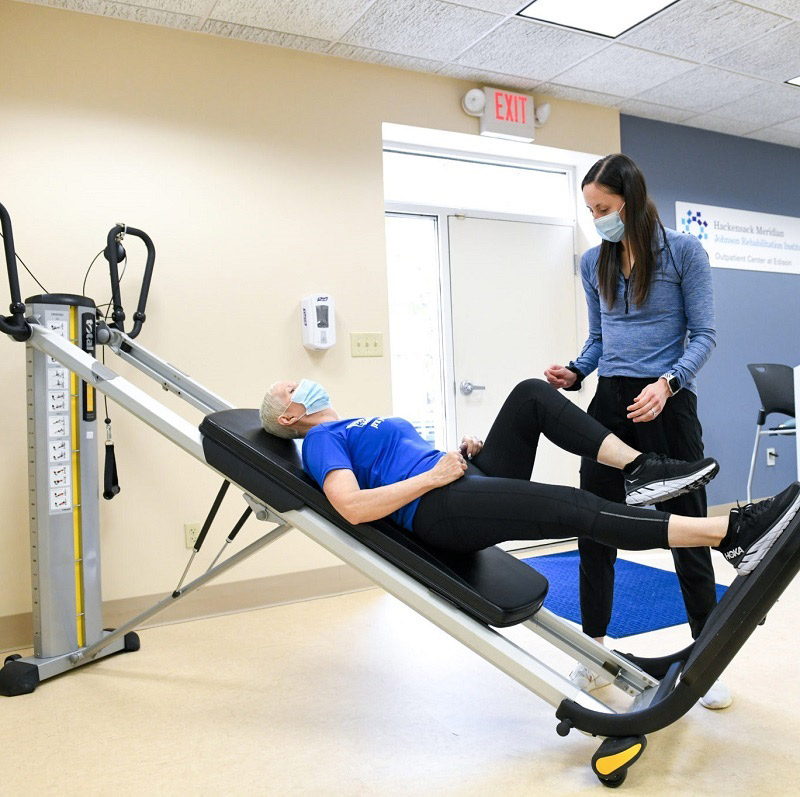Wearable fitness trackers have become popular instruments for many people interested in enhancing their wellness and fitness. These gadgets, commonly put on on the arm like a timepiece, can track multiple bodily actions, such as footsteps taken, cardiac rhythm, and energy expended. Using advanced technology, they offer users with real-time data, which can help them make informed choices about their exercise routines and way of living. Through utilizing the capability of these devices, personal trainers can greatly enhance their clients' training results and overall health paths.
One of the main benefits of wearable health trackers is their capability to track bodily movement levels during the daily routine. This data helps individuals set realistic health goals based on their present movement levels. For instance, if a customer sees they only stroll a certain number of steps daily, a personal trainer can help them create a plan to gradually boost that amount. This objective-setting method motivates clients to stay inspired and accountable, making it simpler to adhere to their fitness programs and reach their targeted outcomes.
Additionally to monitoring daily movements, wearable fitness monitors provide valuable information into a client's well-being statistics. Functions like heart rhythm tracking and sleep tracking can give personal trainers with essential data about their clients' overall health. Knowing how a client’s body reacts to various workouts can help trainers tailor their programs for optimal efficiency. For example, if a tracker shows that a client’s heart rate stays high during low-intensity exercises, the trainer can adjust the intensity or duration of the workouts to guarantee the client is getting the most out of their training sessions.

A further go to this site benefit of using wearable health monitors is the capability to analyze trends over the long term. Numerous devices sync with mobile apps that provide detailed summaries on advancement. Personal trainers can use this information to acknowledge clients' successes and address any challenges they may face. When clients can visualize their progress visually, it can enhance their self-esteem and encourage them to continue pushing hard. This continuous feedback loop is crucial for sustaining motivation and promoting long-term commitment to health objectives.
Lastly, portable health monitors can cultivate a sense of belonging among customers. Numerous devices allow users to link with peers or join competitions, encouraging friendly competition and assistance. Personal trainers can encourage their clients to engage with these social features, building a community of encouragement and accountability. This communal aspect can make the health journey more enjoyable and fulfilling, finally leading see to better results. In conclusion, portable fitness monitors can be effective tools for personal trainers and their clients, changing how individuals approach well-being and physical condition.